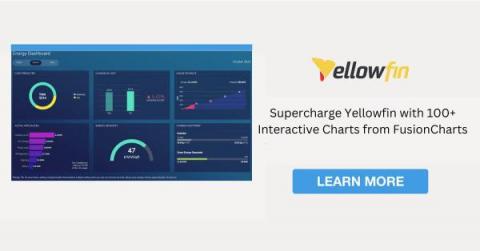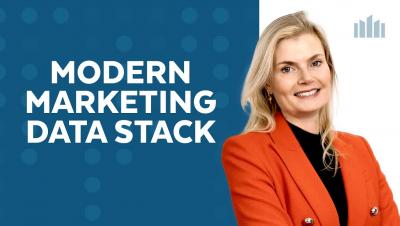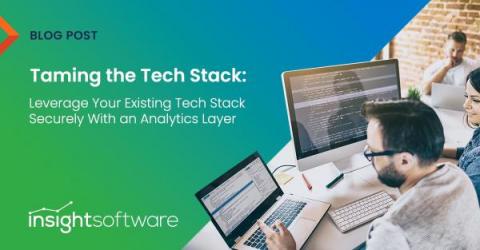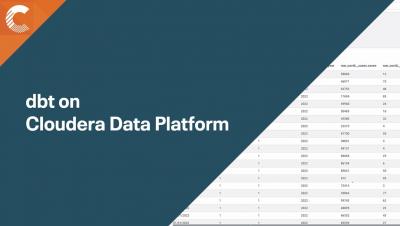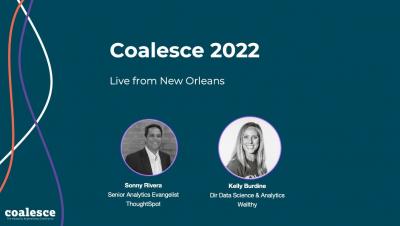Systems | Development | Analytics | API | Testing
BI
Reskilling Against the Risk of Automation
Demand for both entry-level and highly skilled tech talent is at an all-time high, and companies across industries and geographies are struggling to find qualified employees. And, with 1.1 billion jobs liable to be radically transformed by technology in the next decade, a “reskilling revolution” is reaching a critical mass.
Unifying Data, Optimizing Campaigns In Real Time, & Taking Marketers To New Heights.
BigQuery's performance and scale means that everyone gets to play
Today, we’re hearing from telematics solutions company Geotab about how Google BigQuery enables them to democratize data across their entire organization and reduce the complexity of their data pipelines.
Taming the Tech Stack: Leverage Your Existing Tech Stack Securely With an Analytics Layer
Analytics and data visualizations have the power to elevate a software product, making it a powerful tool that helps each user fulfill their mission more effectively. To stand apart from the competition, today’s software applications need to deliver a lot more than just transaction processing. They must also provide insights that help drive better decisions, alert users to matters that require their attention, and deliver up-to-the-minute information about the things that matter most.
The Case for Embedded Analytics: How to Invest and Implement
In the past, most software applications were all about “data processing.” In the parlance of old-school management information systems, that meant an almost exclusive focus on keeping accurate transactional records alongside any master data necessary to complete that mission. Transaction processing is important, of course, but in today’s world, applications are expected to deliver a lot more than that.
dbt on Cloudera Data Platform
Unlocking the value of unstructured data at scale using BigQuery ML and object tables
Most commonly, data teams have worked with structured data. Unstructured data, which includes images, documents, and videos, will account for up to 80 percent of data by 2025. However, organizations currently use only a small percentage of this data to derive useful insights. One of main ways to extract value from unstructured data is by applying ML to the data.


